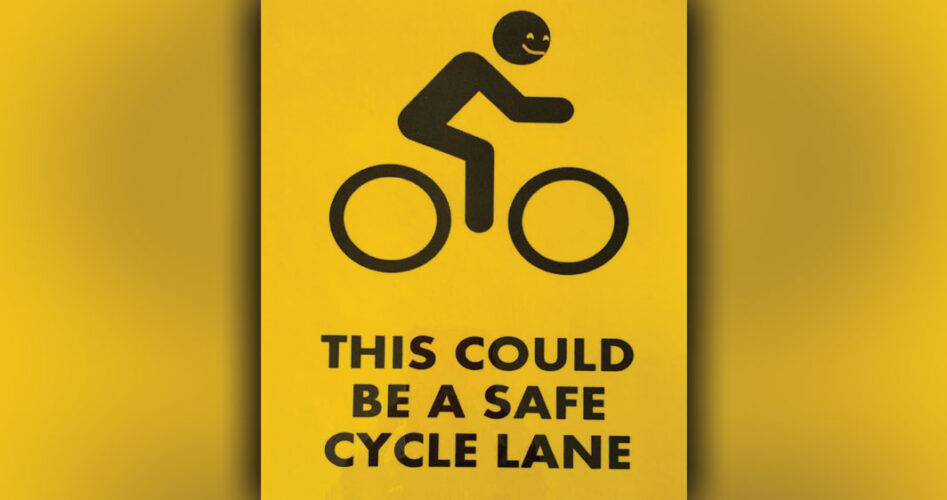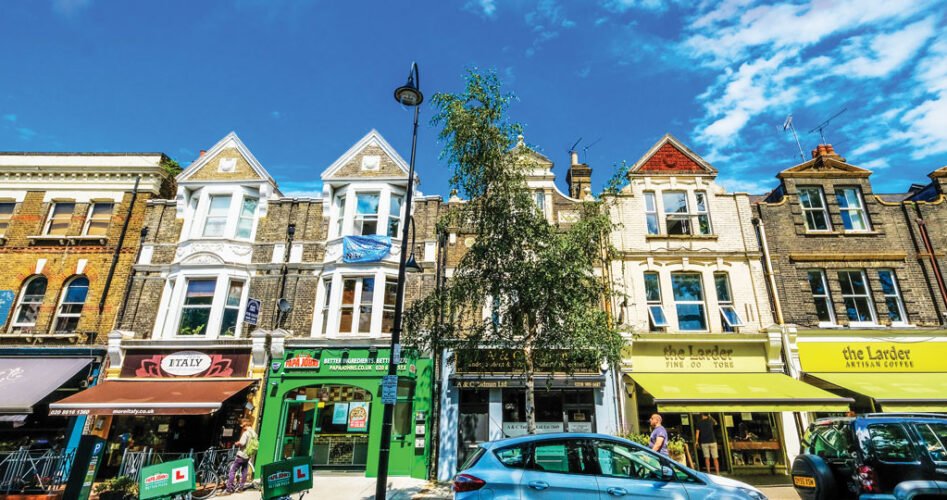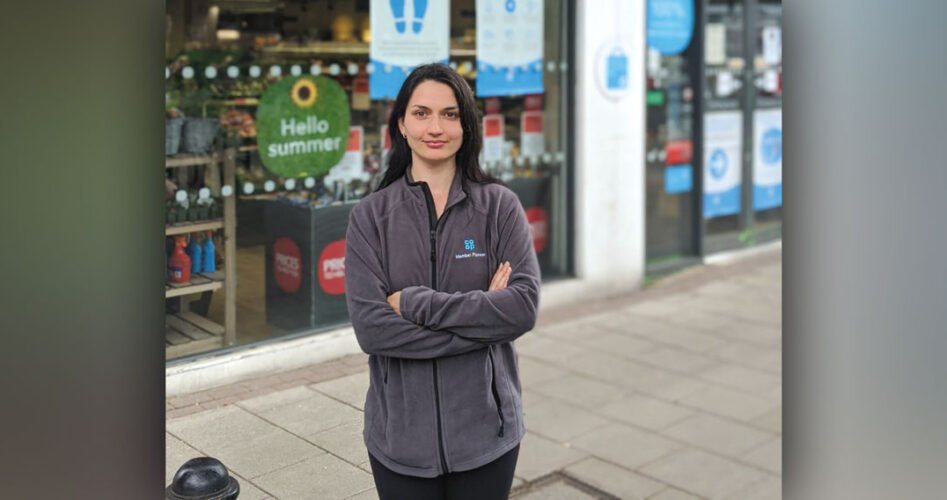Cities around the world are starting to prioritise the needs of people over cars. Let’s seize the moment to do something in Wanstead too, say Wanstead Climate Action members Kathy Taylor and Susannah Knox
Air pollution is an invisible enemy – killing 9,000 Londoners prematurely every year. The brief drop in traffic levels during the coronavirus lockdown gave us a glimpse of what life could be like with less congestion and cleaner air.
So, we’ve come up with some quick and simple ways you can help put pressure on Redbridge Council and the government to get their act together and deal with the problem of air pollution. Imagine Wanstead less choked up with traffic. It could be a breath of fresh air.
The London Assembly says the capital’s toxic air is a public health crisis. Exposure to air pollution stunts the growth of children’s lungs and increases the chance of lung cancer, heart disease, stroke and other illnesses. Now, evidence is mounting that it is linked to increased Covid-19 infections and death rates, according to the World Health Organization.
The main cause of air pollution in London is traffic. The quieter streets, cleaner air and lower noise levels that lockdown brought were welcomed across Wanstead. And many cities, including areas of London, have recently and quickly made expanded cycleways or traffic-free streets to make cycling safer and reduce crowding on pavements and public transport. But so far, sadly, not in Redbridge. Cycling is a way to travel with a lower risk of coronavirus infection than public transport. However, understandably, many people are put off getting on their bike due to the lack of safe cycleways. The danger is people will start to drive more to avoid infection, worsening air quality and putting health at risk in other ways.
In Redbridge, cycling provision is far poorer than in other boroughs, and safe cycleways are few and far between. There is a noticeable deterioration in safe cycling options when cycling from Waltham Forest to Redbridge, for example.
While Redbridge Council has shown intention to improve matters and is currently undertaking a consultation, the more pressure that is exerted on them, the higher safe cycling will move up the agenda. Many schemes can be done at low cost. Others will require major funding. However, the health of all of us, especially our children, is at stake.
Five things you can do now:
- Contribute to the council survey on safer streets: wnstd.com/map
- Email John Cryer MP and ask what action he is taking: wnstd.com/emailmp
- Stop using your car for local journeys.
- Check out the work by Mums for Lungs: wnstd.com/lungs
- Join Wanstead Climate Action to help campaign locally: wnstd.com/wca















